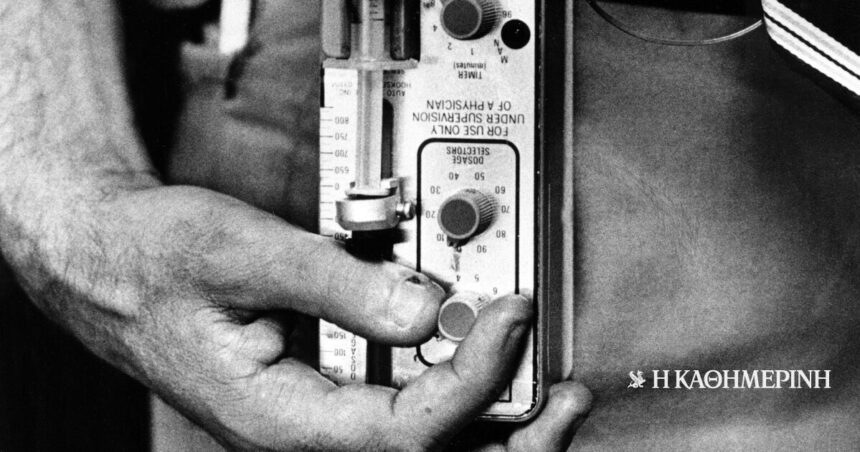On April 15, 1923, the widespread disposal of insulin began to diabetic patientssignaling one of the most important achievements in its history Medical. Until then, Type 1 Diabetes was essentially equivalent to death conviction: patients, mainly children and young adults, ended up in a few months or years of diagnosis as their body was unable to produce or use them insulinthe hormone that regulates blood sugar levels.
The discovery of insulin was not the result of a single scientist, but a collective effort. In the summer of 1921, the young Canadian doctor Frederick Bading and the student of medicine Charles Best They worked in the physiologist’s laboratory John Maklon at the University of Toronto. They managed to isolate the dog pancreas a substance called “insulin”, which could effectively lower blood glucose levels.
With the help of biochemical Jamesthe group improved the insulin cleaning process, making it appropriate for human use. The first man’s test was made in January 1922, when a 14 -year -old boy, Leonard Thompson, became the first diabetic patient to receive insulin. Although the first injection was incomplete and caused side effects, a few days later, with improved extract, The results were spectacular. Thompson, like many others, was preserved from certain death.
The University of Toronto has granted the rights to produce insulin to the pharmaceutical company Eli Lilly.
The discovery was a revolution in the treatment of diabetes. Soon, the University of Toronto grants the rights to produce insulin to the pharmaceutical company Eli Lillyprovided that the price would remain affordable for patients. On April 15, 1923, insulin became widely available in the United States and Canada, and it was available internationally in a short period of time.
Insulin became the First effective drug that provided long -term survival to patients with type 1 diabetes. In 1923, Banding and Maklion were honored with the Nobel Prize in Medicine and Physiology, which caused a strong dissatisfaction with the Bading. He believed that Maklonti had contributed little to real research and felt that recognition should belong to himself and to the best. Frustrated, Banding shared his share of the money prize with the best, while Maklonti did the same with the Cop.
In 1923, the process of production of insulin required the processing of large quantities of animal pancreas: About 2,000 kg of pancreatic or cattle pancreatic tissue could only give a few grams of pure insulin. Production was demanding and vulnerable to failures, however, demand increased rapidly as doctors around the world saw their patients, many of whom were already in extreme weakening situations, regaining their weight and strength.
From 1923 onwards, several pharmaceutical companies have started production of insulin.
The first injections were made with large, metal syringes that had to be boiled before each use and dose was empirically determinedthrough test and error. There were no glucose meters; patients had to be based on observations such as symptoms of hypoglycaemia or the presence of sugar in the urine. Despite the difficulties, insulin has brought a radical change: a child who until recently lived only with an exhaustive diet of less than 500 calories a day, could now be fed and lived for decades.
Since 1923 onwards, Several pharmaceutical companies started insulin productionintensifying competition and improving the cleaning process. The forms of insulin evolved: first in long -acting preparations and later in recombinant forms with increased precision. Scientific progress on insulin never stopped – and it all started in that time of 1923, when the drug first came out massively in circulation. Just In the 1980s, human insulin was made possible through genetic engineeringusing bacteria, offering better tolerance and accuracy in regulating sugar and changing the way diabetes are treated forever.
Column: Myrto Katsigera, Vassilis Minakakis, Antigoni-Despina Poumenidou, Athanasios Syroplakis




